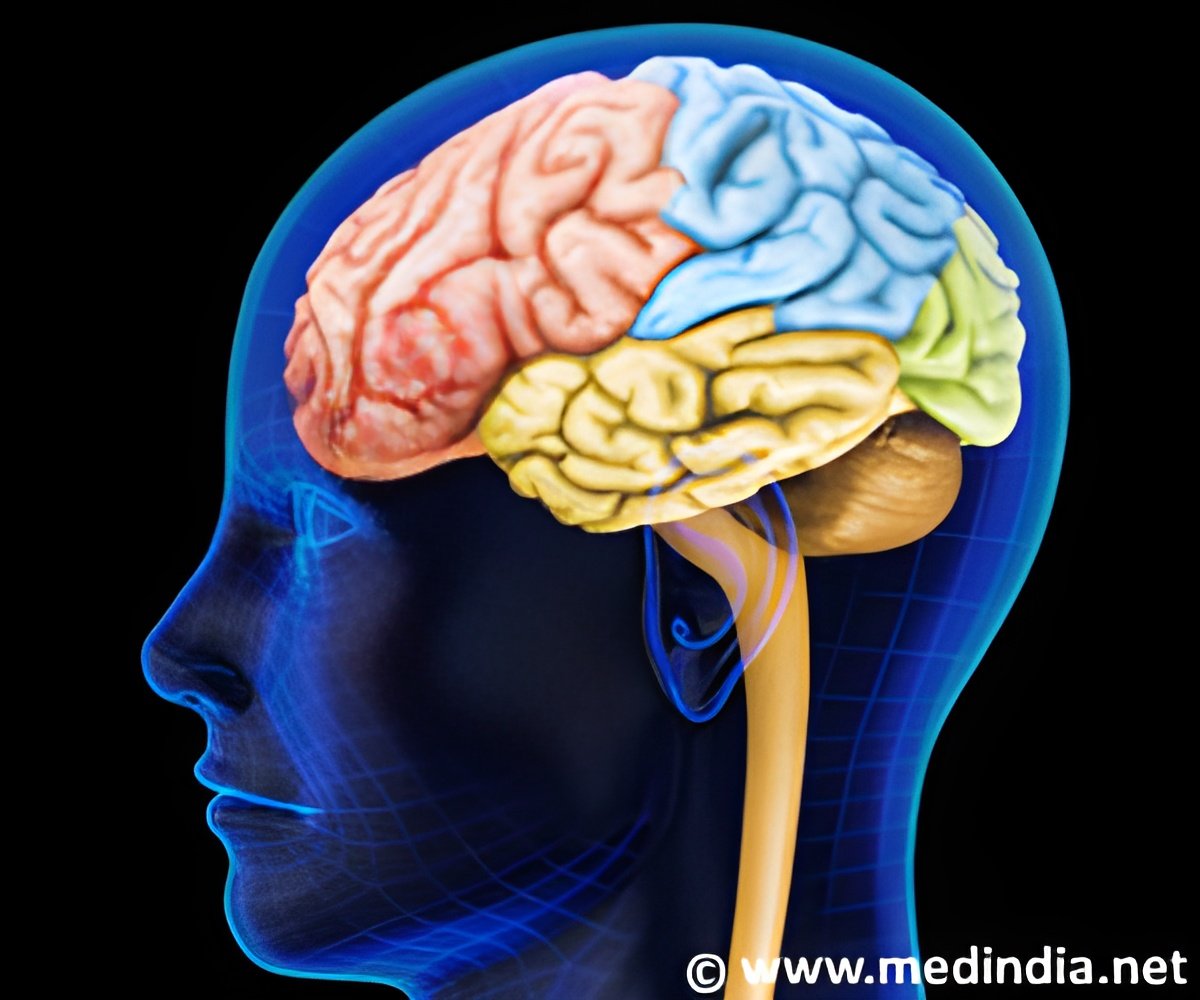A new study suggests that our brains make use of 3 dimensions to generate emotions.

Emotions are central to the human experience. Whether we are feeling happy, sad, afraid, or angry, we are often asked to identify and report on these feelings. This happens when friends ask us how we are doing, when we talk about professional or personal relationships, when we meditate, and so on. In fact, the very commonness and ease of reporting what we are feeling can lead us to overlook just how important such reports are - and how devastating the impairment of this ability may be for individuals with clinical disorders ranging from major depression to schizophrenia to autism spectrum disorders.
Progress in brain science has steadily been shedding light on the circuits and processes that underlie mood states. One of the leaders in this effort, Dr. Kevin Ochsner, Director of the Social Cognitive Neuroscience Lab at Columbia University, studies the neural bases of social, cognitive and affective processes. In this new study, he and his team set out to study the processes involved in constructing self-reports of emotion, rather than the effects of the self-reports or the emotional states themselves for which there is already much research.
To accomplish this, they recruited healthy participants who underwent brain scans while completing an experimental task that generated a self-report of emotion. This effort allowed the researchers to examine the neural architecture underlying the emotional reports.
"We find that the seemingly simple ability is supported by three different kinds of brain systems: largely subcortical regions that trigger an initial affective response, parts of medial prefrontal cortex that focus our awareness on the response and help generate possible ways of describing what we are feeling, and a part of the lateral prefrontal cortex that helps pick the best words for the feelings at hand," said Ochsner.
"These findings suggest that self-reports of emotion - while seemingly simple - are supported by a network of brain regions that together take us from an affecting event to the words that make our feelings known to ourselves and others," he added. "As such, these results have important implications for understanding both the nature of everyday emotional life - and how the ability to understand and talk about our emotions can break down in clinical populations."
 MEDINDIA
MEDINDIA




 Email
Email






